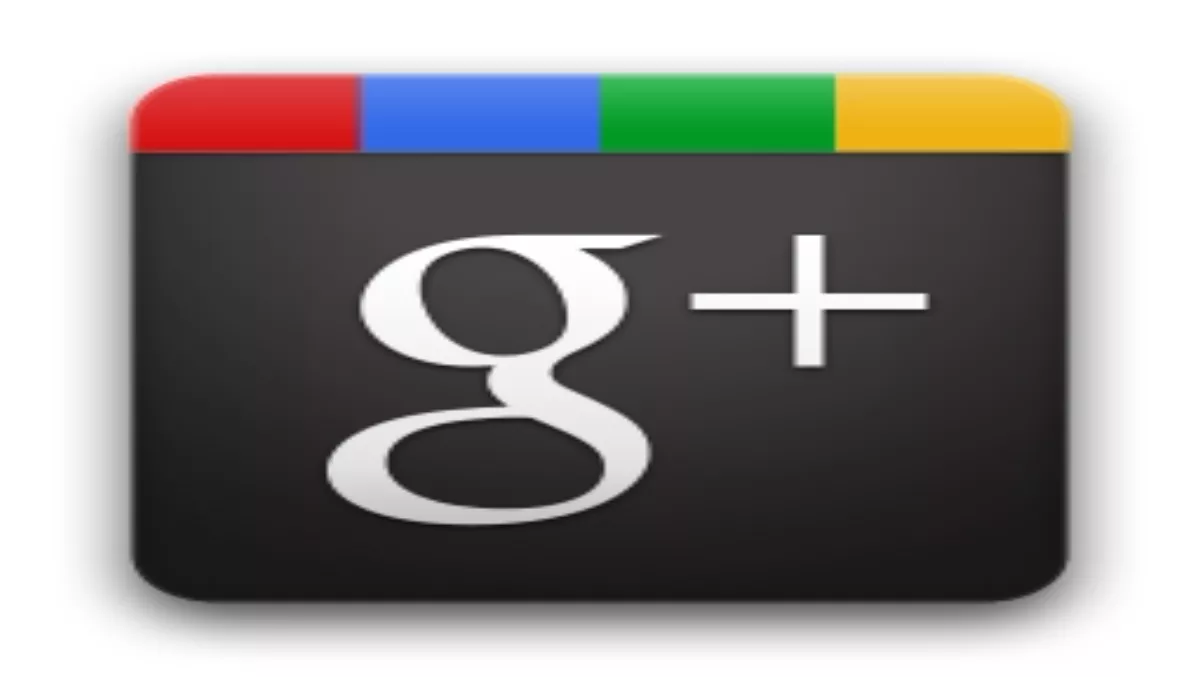
Layman's explanation of Google+
Social media plays a major role in how we communicate, share files and photos, do business, and meet new people. We have witnessed the power of social media through the rise of YouTube stars and videos like KONY 2012, which had the ability to bring people from all over the world together in an online community for change. We have watched movies about Facebook (The Social Network), started making phone calls and conducting meetings over Skype, and watched celebrities repeatedly stick a foot in their mouths using Twitter.
It has come to the point where there are so many different social media platforms out there, we are beginning to lose track. And for those of us who never quite latched on to the social media bandwagon in the first place (which has now obviously proven to be much more than just a bandwagon!) this article is for you. So you can finally learn your tweets from your pokes, your hashtags from your diggs.
Part five of our series explains the basics of Google+ below. While tomorrow we will be explaining Tumblr.
Google+Summary: A social network operated by Google with profiles, status updates, circles, hangouts, and sparks.
Background: The service was launched on June 28, 2011 in an invitation-only "field testing" phase. The following day, existing users were allowed to invite friends who were over 18 years of age to the service to create their own accounts. This was suspended the next day due to an "insane demand" for accounts. On July 14, 2011, Google announced that Google+ had reached 10 million users just two weeks after the launch of the limited trial phase. After four weeks in operation, it had reached 25 million unique visitors.
Use it for: If you're tired of Facebook and want a more organised social media network that incorporates other Google applications.
From a business perspective: An easy way to interact with clients and customers. Google+ can also be integrated with other Google applications. The downside is that administration is difficult and some small business owners find most clients don't use Google+.
The Basics:
Circles Google wants to make sharing online more like sharing in real life – different things with different people. For example, you might want to catch up with your pals about your drunken Saturday night out, but you don't necessarily want your parents involved in this particular conversation. You can keep the areas of your life separate by putting your contacts into 'circles' such as 'Work crew', 'Uni mates' and 'Family'.
Hangouts As the name suggests, this feature is all about hanging out with your friends, virtually of course. You can choose specific friends, or circles, to invite for a face-to-face video chat and anyone in the Hangout can invite others to join as well.
Huddle The idea behind Huddle is that you can turn exchanges between multiple different friends into one big group chat to save you time.
Sparks Get sent articles, videos, or websites tailored to your specific interests. For example, you could type 'Books' into the search box and if you like the results, then you can click the 'Add Interest' button to add Books to your list of important subjects.
Green and Blue When a post is marked with a green button it is public. When a post is marked with a blue button, it is only for users in your circle.
Getting started
- Google+ provides a step-by-step guide to setting up your Google+ page when you sign up, with the ability to customize your page's public profile.
- Add friends, colleagues, relatives, and customers to separate Google+ circles and organise your news feeds.
- Connect your Google+ page to your website or blog using the Google+ badge.
- Begin posting content such as status updates, videos, or photos to your Google+ page.

